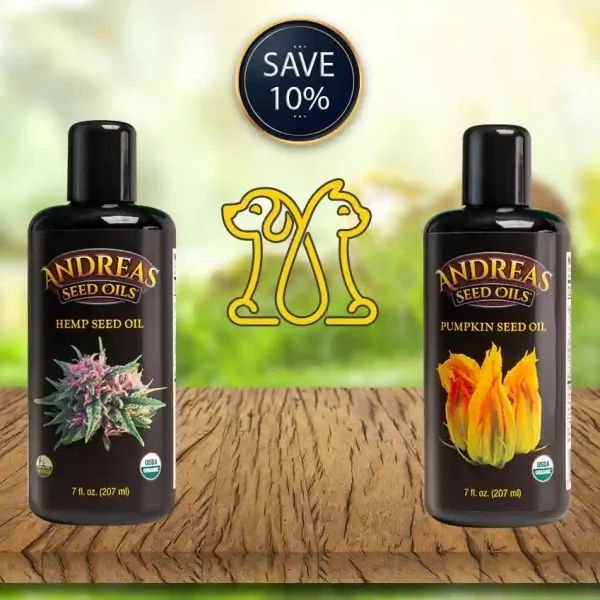Pro athletes endorse hemp oil

Dear reader,
Golfer Scott McCarron had a respectable career on the PGA Tour. He once ranked 20th in the world.
But today, at 54, he’s setting the golf world on fire. So what’s his secret?
Scott says since he started using hemp oil, he’s been able to sleep better and practice longer — without any pain or discomfort.
Since joining the senior tour, he’s already won 10 tournaments, tying the record held by legends like Jack Nicklaus and Arnold Palmer.
Hemp oil transformed Scott’s game long after most pro golfers hit their prime. And he estimates as many as 50 of his fellow pros are using hemp to combat the effects of aging.
But it doesn’t surprise me that athletes are finally discovering the powers of hemp.
Word is getting around that taking hemp is a good way to relieve many common conditions.
In one recent study of more than 2,400 hemp users, the vast majority said they use it to treat pain, anxiety, depression and sleep disorders, with many reporting that hemp works “very well by itself.”1
Modern Science Confirms Healing Powers
I’ve written to you before about hemp’s ability to relieve chronic pain and arthritis,2,3 lower blood sugar,4 improve cognition,5 ease anxiety6 and reduce inflammation.7
And today’s research confirms what ancient healers knew instinctively. That certain components in hemp oil are responsible for its pain-relieving effects.
You see, your body has its own endocannabinoid system that helps regulate sleep, appetite, pain and immune system.8 Hemp helps reduce chronic pain by activating your brain’s endocannabinoid receptors and reducing inflammation.9,10
The studies back it up…
One study published in the Journal of Experimental Medicine found that hemp oil significantly suppressed chronic inflammation and pain in animals without causing addiction.11
In a separate study, researchers applied hemp oil to severely arthritic rats for four days. Their research reported a significant drop in inflammation and pain, without side effects.12
Get Back in the Game
Hemp comes from the sativa plant. But it doesn’t contain THC, the psychoactive ingredient that gets you “high.” Here’s how to get started with hemp oil.
- Start low and vary your dosage. I recommend starting with 10 mg to 15 mg daily. If you don’t feel any relief within a few weeks, increase the dose by 5 mg to 10 mg until you feel it’s working. Remember, you can’t overdose on hemp oil. I also suggest you take it before bed since it makes some people sleepy.
Some people still aren’t comfortable with the idea of using hemp oil. If that applies to you, here are two more all-natural plant-based pain relievers that I recommend:
- First, try the Amazon inflammation fighter. Cat’s claw comes from the South American rainforests, where natives have used it for centuries to boost the immune system and fight infection. Modern studies have found that this clinging vine can significantly relieve joint pain in people with rheumatoid arthritis.13 Look for a supplement made from the plant’s inner bark. I suggest taking 500 mg per day.
- Next, relieve arthritis pain with this holy healer. Holy basil has a long history of treating arthritis pain. Clinical studies prove holy basil relieves pain and reduces inflammation.14 Make sure the supplement you’re taking has at least 2.5% ursolic acid to get the anti-inflammatory effect. I suggest 150 mg three or four times a day.
To Your Good Health,

Al Sears, MD, CNS
References
1. Corroon J and Phillips J. “A cross-sectional study of cannabidiol users.” Cannabis Cannabinoid Res. 2018; 3(1):152–161.
2. Genaro K, et al. “Cannabidiol is a potential therapeutic for the affective-motivational dimension of incision pain in rats.” Front Pharmacol. 2017;8:391.
3. Philpott HT, et al. “Attenuation of early phase inflammation by cannabidiol prevents pain and nerve damage in rat osteoarthritis.” Pain. 2017;158(12):2442-2451.
4. Weiss L, et al. “Cannabidiol lowers incidence of diabetes in non-obese diabetic mice.” Autoimmunity. 2006;39(2):143-151.
5. Bilkei-Gorzo A, et al. “A chronic low dose of ∆9 –tetrahydrocannabinol (THC) restores cognitive function in old mice.” Nat Med. 2017;23(6):782-787.
6. Bergamaschi MM, et al. “Cannabidiol reduces the anxiety induced by simulated public speaking in treatment-naïve social phobia patients.” Neuropsychopharmacology. 2011;36(6):1219–1226.
7. Philpott HT, et al. “Attenuation of early phase inflammation by cannabidiol prevents pain and nerve damage in rat osteoarthritis.” Pain. 2017;158(12):2442-2451.
8. Mouslech Z and Valla V. “Endocannabinoid system: An overview of its potential in current medical practice.” Neuro Endocrinol Lett. 2009;30(2):153-179.
9. Darkovska-Serafimovska M, et al. “Pharmacotherapeutic considerations for use of cannabinoids to relieve pain in patients with malignant diseases.” J Pain Res. 2018;11: 837–842.
10. Urits I, et al. “An update of current cannabis-based pharmaceuticals in pain medicine.” Pain Ther. 2019; 8(1):41–51.
11. Xiong W, et al. “Cannabinoids suppress inflammatory and neuropathic pain by targeting α3 glycine receptors.” J Exp Med. 2012;209(6):1121-1134.
12. Hammell DC, et al. “Transdermal cannabidiol reduces inflammation and pain-related behaviours in a rat model of arthritis.” Eur J Pain. 2016;20(6):936-948.
13. Mur E, et al. “Randomized double blind trial of an extract from the pentacyclic alkaloid-chemotype of uncaria tomentosa for the treatment of rheumatoid arthritis.” J Rheumatol. 2002;29(4):678-681.
14. Ringbom T, et al. “Ursolicacid from Plantago major, a selective inhibitor of cyclooxygenase-2 catalyzed prostaglandin biosynthesis.” J Nat Prod. 1998;61:1212-1215.
Try the professional online HTML editor










